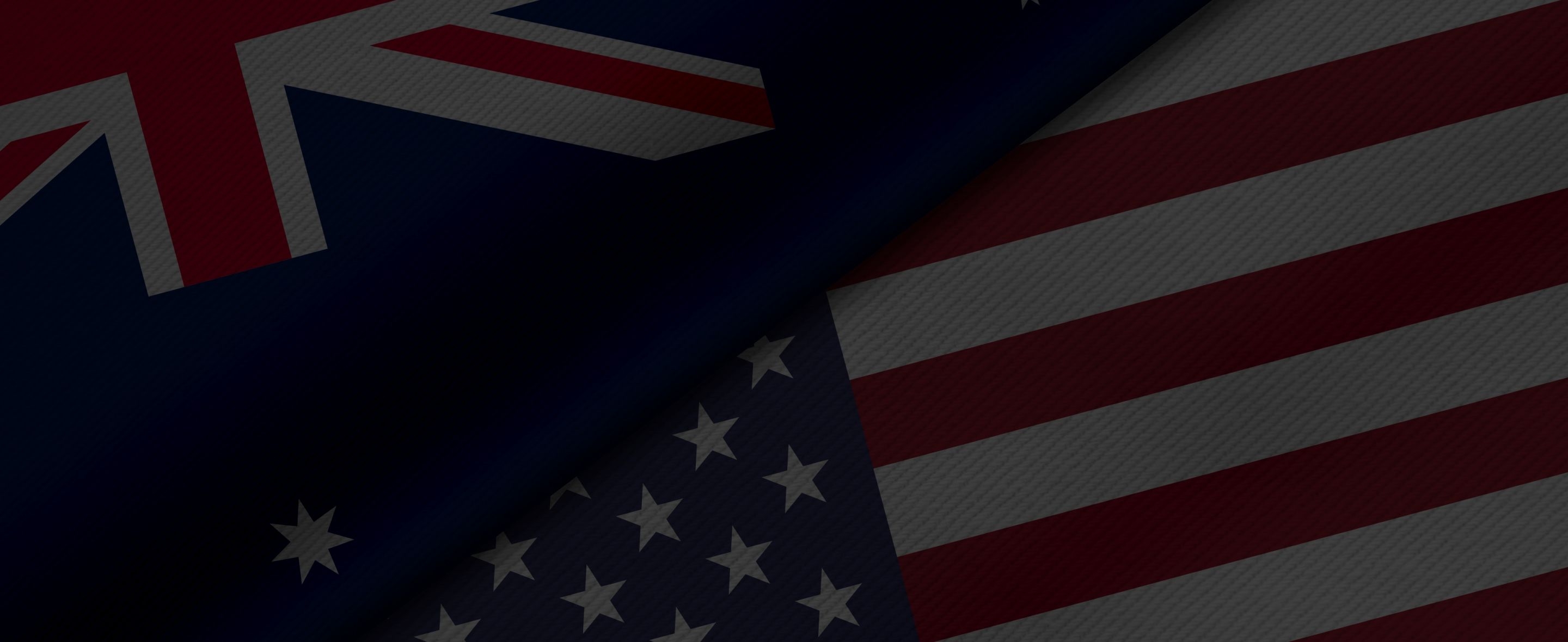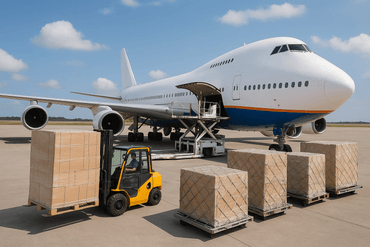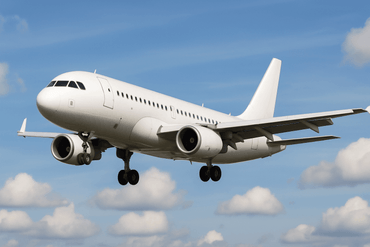
Shipping To Australia From USA: 5 Things to Know



Whether you’re mailing a gift, shipping products, or moving to Australia, there’s a lot involved in the entire process. From a United States standpoint, Australia is basically an entire world away, which can only mean that they do things a bit differently there. This would include things like living among some of the world’s most dangerous creatures and eating vegemite.
In all seriousness, the last thing you want is to lose money—and precious cargo—in the mix. So, if you’re planning on sending some things down under, especially via ocean freight, here are some tips on shipping to Australia that you’ll want to read first.
1. Australia is Strict When it Comes to Customs
If you plan to send cargo to Australia, understanding their customs regulations is crucial. Like most countries, Australia is extremely strict when it comes to customs and quarantine. This is because the country has tight security levels and a self-contained ecosystem that is of the utmost importance to protect.
The first thing you’ll want to do is make sure you have all of your customs paperwork and other documents in order with the accurate information. It’s also important that the value and package description matches the invoice that is sent with your shipment. One slip up and your shipment can be delayed, denied entry, and in some cases, destroyed.
To avoid any issues with your shipments, here are some restrictions to be aware of:
Pet food
Packaged coffee and/or tea
Animal furs or wool of any kind
Tobacco
Drugs of any kind (including prescription)
Dried flowers
Pornographic materials
Meat, fruits, vegetables, and some seeds
Certain types of wood
This list also includes certain types of pets and breeds of dog. You can find out more about the full list of restrictions on what can and can’t be shipped to Australia here.
2. Expect a Long Shipping Period
The United States and Australia aren’t exactly close. The typically shipping period for a full cargo container from the US to Australia takes about two to three weeks. Sometimes longer. However, there are a few variables that can affect the length of time it takes for your shipment to reach its final destination. These variables would include:
The state you’re shipping from
The final destination of your cargo or packages
Your preparation for customs
The type of container you’re shipping and its contents
Your method of shipment (i.e., air freight vs sea freight)
To determine a true timeframe, you’ll want to consult with your international shipping experts as they will be able to give you an exact shipping time based on their routes and experience.
3. Be Prepared to Pay the Goods and Services Tax
Duties and taxes will be due on most imported goods worth over $1,000 AUD. The duty is calculated based on a percentage of the actual cost of each item. The Goods and Services Tax (GST) is typically 10 percent of the value of the taxable import. Of course, most shipping companies will charge you an additional 10 percent because of this.
The GST also applies to any imported items, whether they are above or below the $1,000 AUD threshold. Of course, whether the GST is paid before or after your shipment’s arrival depends on the value of your total goods. For shipments above the threshold, the GST is applied once they reach Australian customs.
Keep in mind that these taxes and fees are on top of what your initial shipping costs will be. Check with your carrier to see how they factor this into their pricing.
4. There May be a Remote Area Surcharge
In addition to your GST and potential duties to pay, there may be a Remote Area or Zone Area surcharge that will increase the ultimate cost of your shipment. This mainly applies to your home address, as it depends on whether or not the carrier has its own facility for storage and transport located in your area.
If your carrier does not have a facility that has this capacity, then they will use a third-party shipping company as a backup, which leads to the Remote/Zone area surcharges. Even if you live in a highly populated city, you’ll want to check with your carrier to see whether or not you’ll incur the surcharge.
5. Logistics Providers Have Restrictions Too
In addition to restrictions on goods that can be imported to Australia, the path your shipment takes also comes into play. For example, it is strictly prohibited to ship any type of cargo through certain countries, such as Egypt and Bangladesh, to get to Australia.
This is something that your carrier should be well aware of. However, to avoid any issues, it’s best to find yourself a carrier that only uses direct routes for their shipping to avoid any complications with your cargo and international shipping laws.
Shipping to Australia isn’t as complicated as it may sound. As long as you have your paperwork in order and understand what to expect from
your carrier as well as customs, there won’t be any surprises.
Related Articles

Cómo Reducir Los Retrasos En El Transporte Aéreo: Consejos Prácticos Para Entregas Puntuales En 2025

